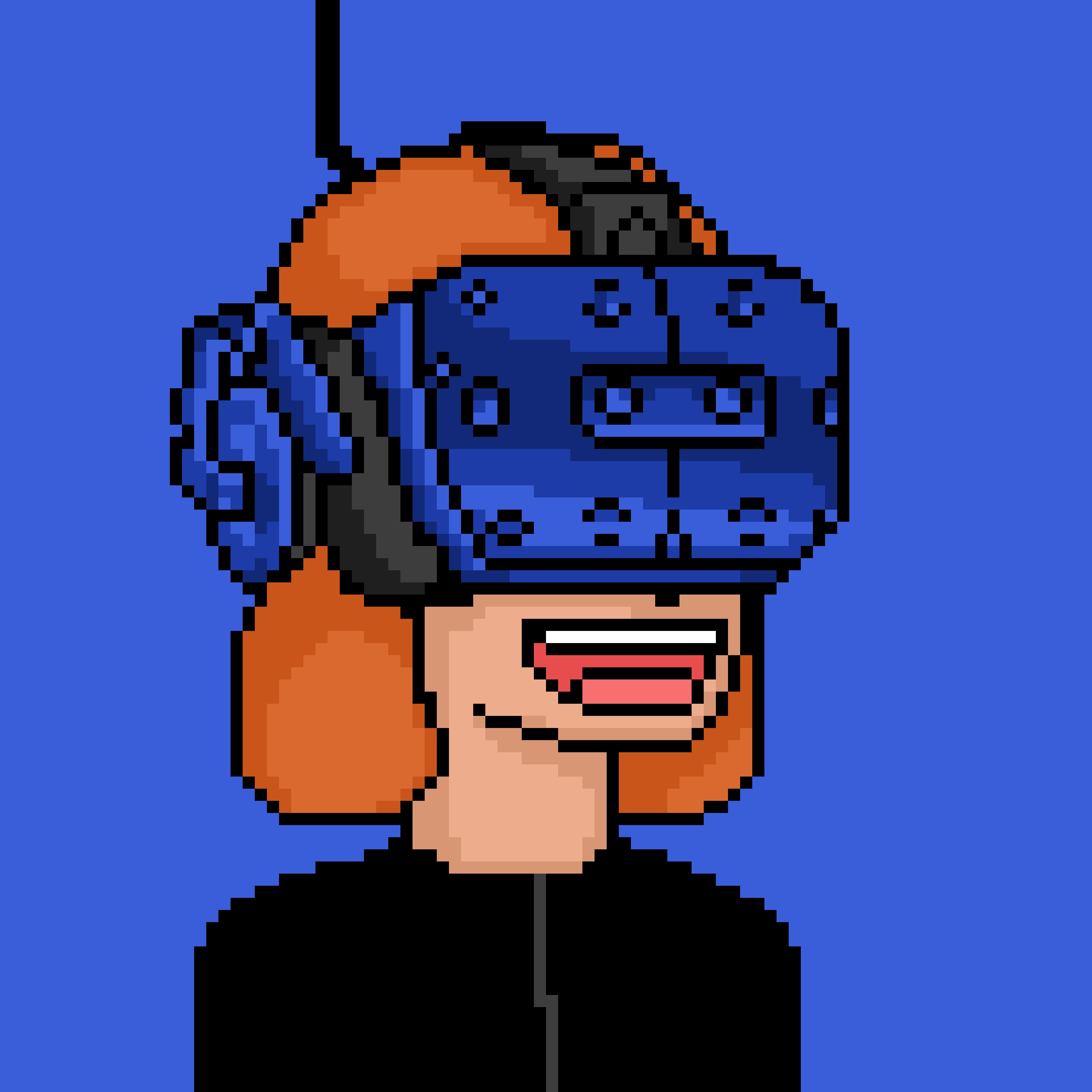212 reads
Why I Love Beat Saber’s VR Interface
by
October 23rd, 2020

Anthropologist & User Experience Designer. Writer. Robot whisperer. Gamer.
About Author
Anthropologist & User Experience Designer. Writer. Robot whisperer. Gamer.

Anthropologist & User Experience Designer. Writer. Robot whisperer. Gamer.
Anthropologist & User Experience Designer. Writer. Robot whisperer. Gamer.